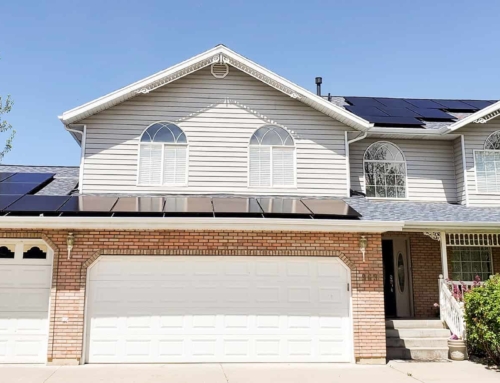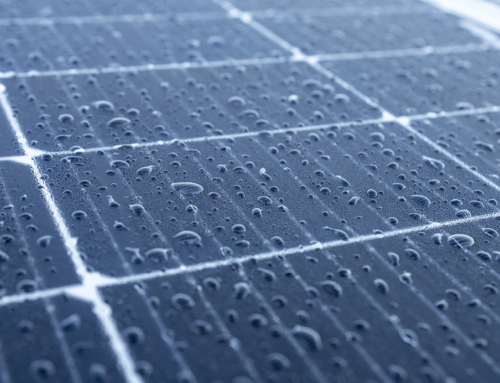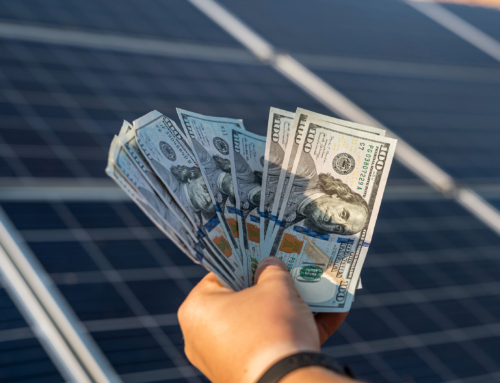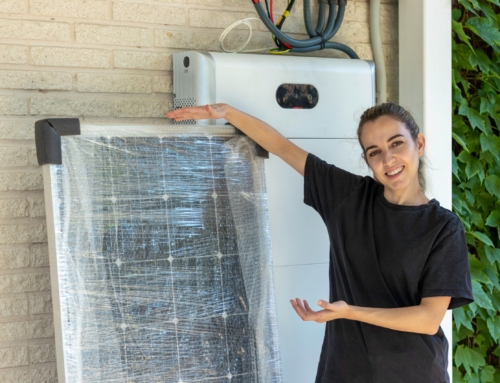Solar power has no shortage of benefits. For one, it reduces your reliance on the power grid, resulting in reduced utility costs, and you won’t need to worry about power outages and blackouts if you have a battery backup system. Additionally, solar energy is a renewable energy source, so its power isn’t detrimental to the environment.
Over the last decade, we’ve seen a decline in solar energy prices over time. The cost of solar PV panels has dropped by almost 70% since 2014. This sudden affordability resulted in a significant increase in solar energy use worldwide.
Unfortunately, solar energy expenses are expected to spike because of changes in the cost of parts, installation, and other factors. However, by learning more about the projected solar power cost, you can take the necessary steps to avoid the spike and save more on your solar panel installation.
Why There Was a Decline in Solar Energy Prices Over Time
The cost of installing and using solar panels declined for a decade for many reasons, including technological advancements, reduced manufacturing costs, advanced installation, and government incentives.
Technological Advancements
Technological advancements were a driving force behind the decline of solar energy expenses. These advancements resulted in more compact, efficient panels that used less material and reduced manufacturing costs.
Reduced Manufacturing Costs
In addition to the reduced parts needed for advancing solar panels, manufacturing costs declined due to the affordability and availability of the parts used to build solar panels. Low labor costs and government investments in China also reduced manufacturing costs.
Advanced Installation
Technological advancements made modern solar panels lighter, compact, and easier to install. This dramatically reduced installation times and overhead costs and passed savings onto customers.
Government Incentives and Investments
Reducing greenhouse gas emissions and using a sustainable energy source was another driving force behind solar power cost reductions. To make solar energy more accessible, federal, state, and utility-based incentives were rising. One of the most significant government incentives was the Investment Tax Credit, which reduced residential installation costs.
Better Financing Options
As solar energy grew more popular, better financing options became available to customers, resulting in better rates on loans and a decrease in overall costs. Additionally, solar panel suppliers could partner with more financial institutions to increase accessibility to customers.
Why Solar Energy Expenses are Expected to Rise
The decline in solar energy costs made solar panels more affordable and accessible to residential customers. However, this decline is expected to end, with projected costs rising significantly in the coming years.
Rise in Material Costs, Part Shortages, and Delays
Part shortages, delays, and material costs are at the center of these rising costs. They mean the demand for polysilicon, a primary component of solar panels, can’t be met. Polysilicon isn’t the only important component with rising costs. Aluminum, copper, and steel prices are also increasing, making it more challenging to meet the demand for solar panels.
Elevated Shipping Costs
The upward trend of solar energy expenses was also impacted by recently elevated shipping costs, creating considerable challenges for solar panel developers and suppliers.
The Potential Expiration of the Investment Tax Credit
In 2020, congress chose to extend the Investment Tax Credit to maintain residential accessibility to solar panels. However, that extension will expire in 2024 unless renewed again by Congress.
Save More on Your Solar Power Cost with Smart Wave Solar
Smart Wave Solar is committed to providing affordable, state-of-the-art solar energy equipment and installations. While there was a significant decline in solar energy prices over time, costs are likely to rise. Fortunately, there’s still time for you to save on installing solar panels before prices spike.
We’re so confident you’ll love our system that we’re currently offering a $100 Amazon gift card when we provide you with a solar bid—no commitment, no purchase necessary. Contact us today to learn more and request your solar energy bid.





